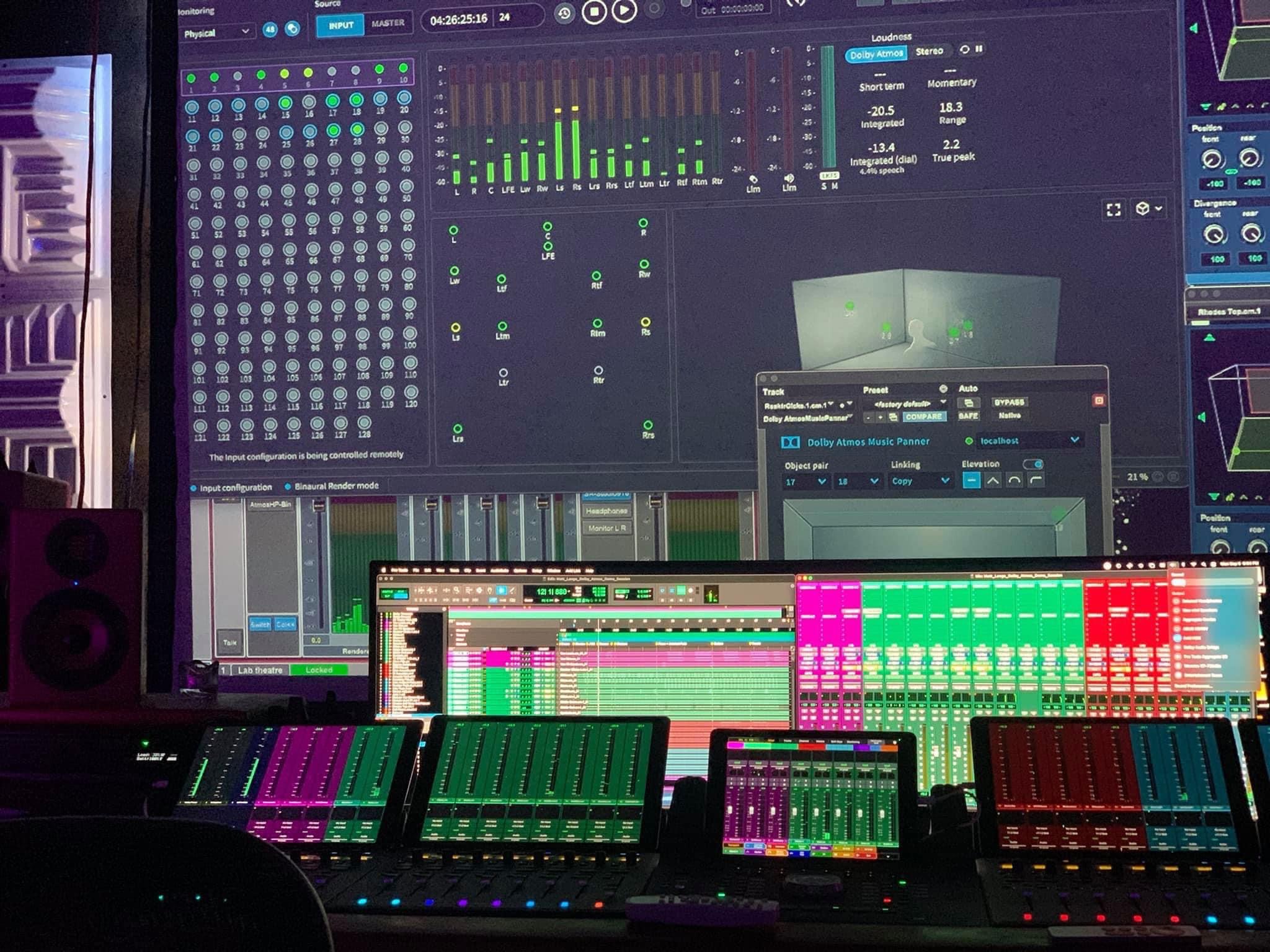What you see in the songs or enjoy at live concerts is not only created by artists. They make music, add words to it, but sound engineers are people who illuminate their voices.
But to make such magical combinations, both artist and engineer must collaborate, understand, and work together like a professional family.
In this article, we will discuss how a healthy bond between artists and engineers uplifts the whole, creates music and creates a masterpiece.
Importance of Effective Communication in Recording Studios:

Communication is a part that makes the session flawless. Every artist has a vision for their work. They understand the audience and want to present a story that feels fresh, looks fresh, and that the audience would love.
During the recording sessions, communication is the way an artist can share his ideas with the team. Engineers try to grasp on those ideas, create their personal ground on its basis and enhance the audio experience.
Most importantly, open discussion strongly reduces the likelihood of errors. Open communication creates an environment where everyone is free to ask questions to know more about the conditions and nature of the songs. This makes the environment friendly for all. As a result, you get better work at each stage of the process.
A better process leads to better results and chances of your song becoming a hit just gets multiple times.
(Also Read More –Essential Skills to Become an Expert Sound Engineer)
1. It helps in Understanding Each Other’s Perspectives:
Artists and engineers both have different perspectives on songs. Only an artist knows what he wants to deliver to the audience. Different perspectives on the same projects go on different tracks and fail to produce a conclusive result. This happens many times in the industry and because of this, many projects get diminished or don’t perform well despite having the potential.
Communication between both creates a common ground. Both of them try to understand each other’s perspective on the songs and try to deliver their best while not disturbing the nature of the songs.
An artist focuses on the subjects like recording, melody, harmony, and performance. The technical aspects fall into the zone of engineers, such as microphone placement, signal flow, and mixed balance.
Both viewpoints are extremely necessary, but if they fail to communicate well, they will fail to produce a good piece.
For example-
In a recording session, an artist wants to place the drums beside him. But the engineer doesn’t want the same. If their opinions are not clearly displayed, there might be a mix that satisfies none.
On the other hand, effective, open, and welcoming communication would let you find a solution that would please both of them and sounds good as well.
2. Enhances the Efficiency of the Process:
Communication plays a vital role in the studio recording process. Miscommunication can kill time for both parties and create an unsatisfactory product for both of them. It can drain your energy, resources, and time.
Proper communication can save time, resources, and energy throughout your recording sessions. It causes errors and misunderstandings between both misunderstandings.
For example-
An engineer while on the recording might assume the artist knows well about the technical constraints that the tools imposed. On the other hand, an artist might assume that the engineer in the studio feels about his vision like he does.
Failing to fulfill each other’s commitment results in faulty output. This causes disappointment and may lead to frustration for both.
( Also Read – Behind the Sound- The Magic You Don’t Know About Recording Studios )
3. Better the Collaborative Process:
Good communication between both parties results in a deeper comprehension of the studio recording process. Collaboration between both of them improves each other, teaching them something new about the music industry. This helps develop an understanding of the various elements of the recording sessions in a deeper sense.
The engineer would learn more about the creative process whereas the artist will learn the tools and signal flow and their impact on his sound.
4. Reduces the Chances of Errors:
Probably the biggest flaunt of ensuring a healthy open conversation between both parties is making fewer errors.
All the stages of studio recording need proper rehearsal and practice. A warm bond between artists and engineers makes all the process flawless, giving space to their inner creative zeal. Both add something beautiful to their craft which produces a masterpiece.
Established communication lets artists and engineers celebrate their time together. Being on the same page, there are fewer misunderstandings and fewer errors. This ensures that all the outlined objectives, expectations, and constraints go perfectly well even before the show starts.
It also keeps the environment cool and makes sure that everyone accepts the criticisms and comments with a cool mind.
5. Finishes Projects on the Pre-Determined Time:
Effective communication ensures that everyone in the team is on the same page. They know what they are doing and what is going on. Effective open communication creates a smooth flaw in the process and creates the best results possible.
While giving all the projects is important, time also matters for artists, producers, and even engineers as well.
This helps everyone to finish the project within the pre-scheduled time. The whole understand the demand, design the outline, time-mapping, and expectations from all. They map the progress before the recording sessions begin.
(Do You Know About Dolby Atmos Sound Mixing & Mastering?)
Conclusion:
Artist engineer communication holds a very special place in the industry. Where an artist deals with creativity, harmony, and melody, the technical aspects like mic processing and mixing balance fall into the lap of engineers.
Communication saves time, improves efficiency, minimizes the chances of errors, and creates better collaborative outputs. Besides, it develops an understanding between each other’s perspectives and lets them explore their craft through each other’s intervention.
A warm, open, and welcoming communication improves the recording session by all means. Better combinations emerge and creativity reaches its peak.

